It has been nearly 7 years since I first ventured into the little known thunder dragon kingdom of Bhutan on a fateful morning from Bangkok. This country – sandwiched between China and India – remains one of the least visited places in the world. It was a long time dream that brought me here and during my own experience going around the country, I would have to say that my fascination with Bhutan only grew. There is a strong sense of spirituality that permeates the land – one that is only accentuated by the scenery and the kindhearted nature of the locals. By the end of the trip, I was totally relaxed in a way that no private resort could ever impel me.
Bhutan is a highly mountainous country and a trip from one end to another could easily take weeks. The classic route which takes around a week brings you from Paro where most international flights land to as far as Punakha. This gives you a good overview of the country. Here are my suggestions on some attractions in Bhutan that you shouldn’t miss for a one week trip.
Day 1
Morning / Afternoon

Start the trip right with a dramatic arrival at Paro International Airport. Perched in a deep valley, you’ll be greeted by spectacular views as you touch down. The airport is also widely regarded as one of the most challenging in the world with only a select few pilots qualified to land there.
Make your way to Thimphu, the capital of Bhutan and get your bearings at the Buddha Point in Kuensel Phodrang. The large Buddha statue is strategically located in the mountains and the view of the surrounding Thimphu Valley allows for a quick orientation of the city.
Soak in a bit of the local spiritual atmosphere at the National Memorial Chorten. Much more than just a monument, the chorten is also a reflection of the importance religion figures in daily life. In the day, you’ll find plenty of locals going around the chorten, turning the prayer wheels and chanting.
From here, make your way to Thimphu Dzong, the seat of Bhutan’s government and where you’ll find offices of the King.
Day 2
Morning to Afternoon
If you happen to be in Thimphu during the weekend, a stop at the colorful Centenary Farmers’ Market is a must. This is the largest domestic market in Bhutan, attracting farmers from faraway towns who sell their agricultural produce here. For artists and photographers, this is a great place to capture uninhibited scenes of local life.
Continue your tour of Thimphu with a visit to a number of museums:
Folk Heritage Museum, a showcase of the country’s rural past with exhibitions involving tools and equipment used in the countryside.
The National Textile Museum offers a peek at the country’s rich heritage in weaving. Exhibitions here involve plenty of fabric, including the royal dresses and wedding clothes worn by the fourth king and his wives.
Witness the entire process of making paper at the Papermaking Factory. There are live demonstrations and you can even make a bit of your own as a souvenir.
End this museum-filled day by checking out the national animal, Takin; a goat-antelope with a notably swollen face.
Day 3
dochula pass by goran hoglund | cc 2.0
Start the day early with a drive to Punakha. On the way, you will pass by the Dochula Pass – a collection of 108 chortens built by the Queen Mother to commemorate Bhutan’s victory over Indian militants. If you happen to be here on a clear day, look out and you will also see the Himalayas in the distance.
From here, it’s a further 1.5 hour drive to Punakha Dzong, one of the most attractive of Bhutan’s many dzongs. Its riverside location makes it one of the most iconic spots in Bhutan especially when the surrounding Jacaranda trees are in full bloom in April.
Walk past some picturesque rice fields and hike up a hill to the Khamsum Yulley Namgyal Chorten. Well worth the one hour hike for the majestic views of the surrounding Punakha Valley, the 4-storey temple is also a stunning example of Bhutanese architecture.
Another worthy stop is the Chimi Lakhang. The walk getting there offers a good peek at rural life as you pass through plenty of rice fields. Also recognized by locals as a fertility temples, your walk will also be colored with plenty of phallic symbols painted around the surrounding buildings.
Day 4

Make your way back to Dochula to see the Dochula Festival (Druk Wangyel Tshechu). Held every 13th December, the festival was first commemorated in 2011 to celebrate the Bhutanese army’s victory over insurgent Indian forces in the southern part of Bhutan. Watch the soldiers performing traditional folk and mask dances. For those who are curious about the Bhutanese royal family, this is one of the rare instances where tourists can see them in the flesh.
Day 5
Drive north of Paro Valley and pass by Drukgyal Dzong. Built in 1647 by the great Shabdrung Ngawang Namgyal, father and unifier of medieval Bhutan, a fire ravaged the dzong. It was deliberately left in ruins in order to remind the people of the victories of Bhutan’s unifier.
The local fortress, Paro Dzong, is one of Bhutan’s most popular. It is in the tentative list for UNESCO World Heritage status.
Day 6
Put your walking shoes on as you hike up around 1000 meters up to the Tiger’s Nest Monastery. One of Bhutan’s most iconic sights, the temple is precariously perched on a narrow cliff at over 3,000 meters above sea level. How it got there is the stuff of legends. According to tradition, a tigress flew here to transport the materials to construct the building.
Depending on one’s fitness level, it takes around 2 or 2.5 hours to reach the monastery from the base.
After making your way down, head to the Kyichu Lakhang. Its origins purportedly date back from the 7th century, making it one of the oldest temples in Bhutan. Look out for the two orange trees in the garden which is said to bear fruit regardless of the season.
Day 7
Take some last minute photo opportunities before taking a morning flight out of Bhutan.
Special Interests
Photography tours – I visited Bhutan back before I had upgraded my photography equipment into a DSLR so a return visit is definitely due. Bhutan’s untouched beauty offers much in the way of photography, whether it be of landscapes or of a culture that has not been overrun by mass commercialization. There are customized tours to Bhutan catering just to photographers including this one that’s hosted by award-winning photographer Scott A. Woodward who has visited Bhutan himself and is familiar with nice spots for photography. Participants get to have equipment from Lowepro including a water-resistant camera bag and tripod.
Sketching tours – Due to the dramatic scenery and untouched beauty of the country, Bhutan also offers plenty of sketching opportunities for artists. DrukAsia offers specialized sketching tours with Erwin Lian whose works have been featured in various outlets such as The Straits Times and Channelnewsasia. The tours follow the same itineraries essentially but with more time allocated for sketching.
DrukAsia is one of the largest travel agencies specialising in Bhutan. They offer plenty of tours including specialized ones such as photography and sketching tours. I went with them when I visited the Thunder Dragon Kingdom some years back. You can check them out HERE.
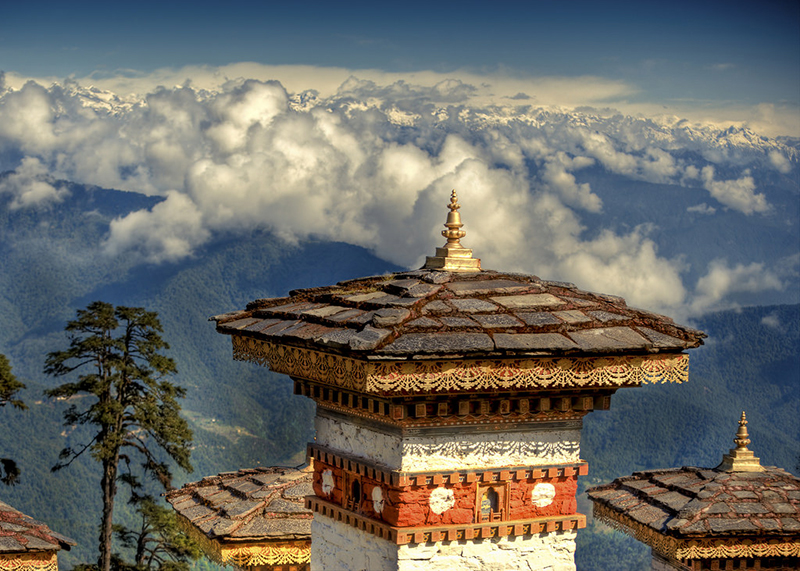
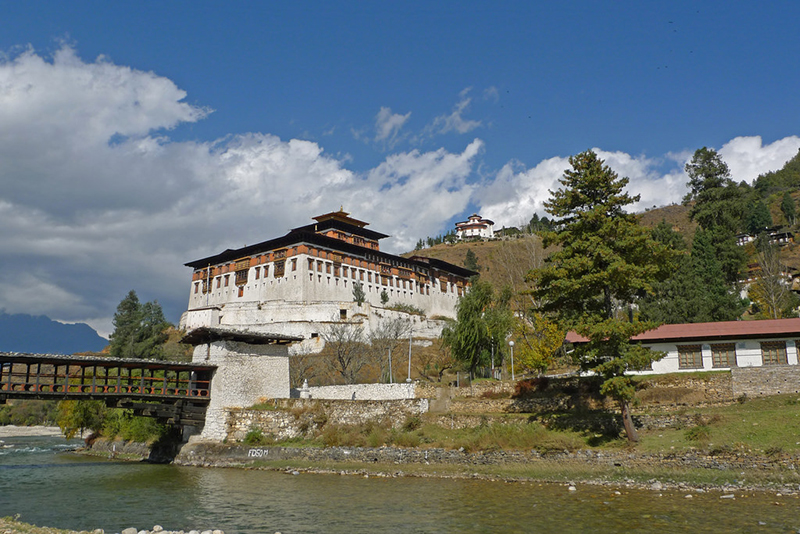
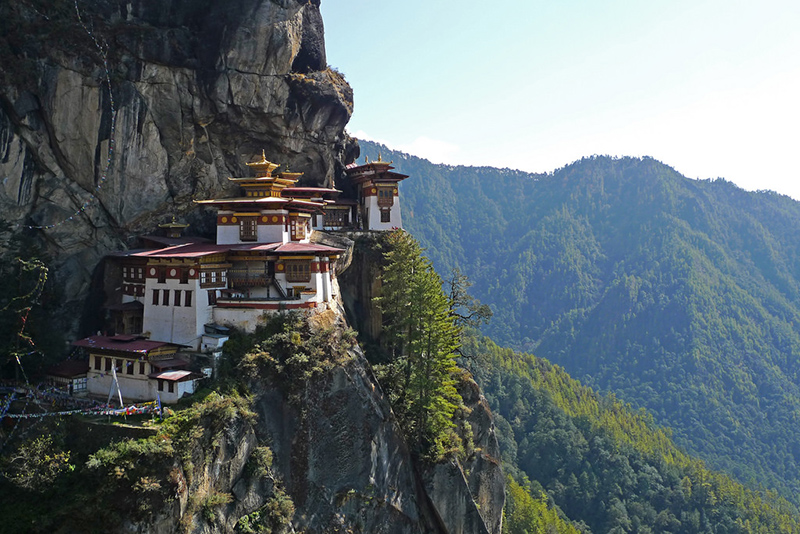
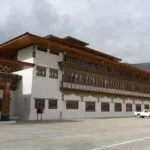
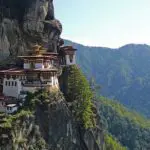
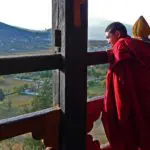
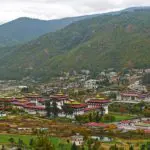
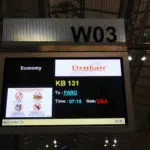
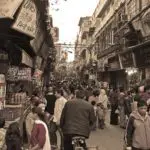
Hello
Nice article about whole week plan for Bhutan.
Thanks.
hi bino,
loved to read about your Bhutan trip.Hope you enjoyed your trip to Bhutan a lot.
God Speed….
regards
Sudhanshu
Seems like its been a long time since you’ve last visited this incredible country but it looks amazing back then and it still is. Thanks for sharing this short and concise travel itinerary with us. This 1 week travel itinerary is perfect for travelers wanting to visit Bhutan for a short time yet not miss some of the major tourist attractions around the place.